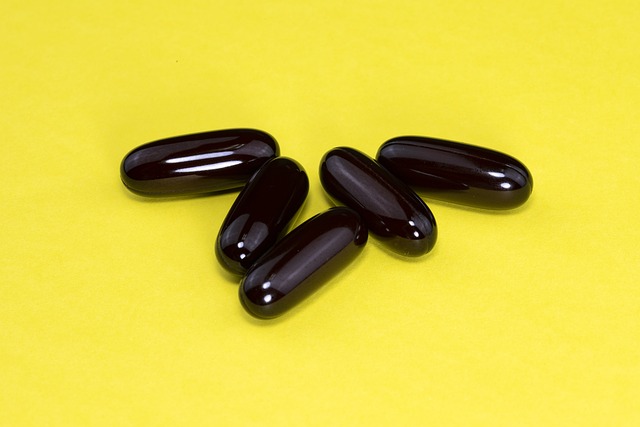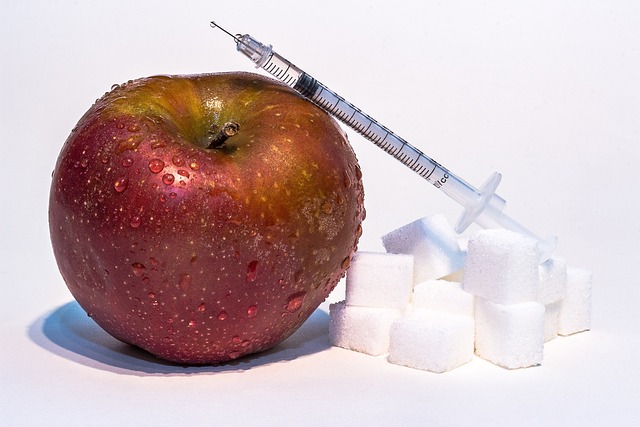Social anxiety is more than just feeling shy or nervous in social situations. For those who experience it, social anxiety can be an overwhelming fear of being judged, embarrassed, or scrutinized by others. It can affect everyday interactions, from speaking up in meetings to attending social gatherings, and even simple tasks like ordering food at a restaurant. While social anxiety can feel isolating, the good news is that it’s highly manageable with the right strategies and support. In this article, we’ll explore practical steps to help you cope with and overcome social anxiety.
Understanding Social Anxiety
Before diving into solutions, it’s important to understand what social anxiety is and how it manifests. Social anxiety disorder (SAD) is characterized by intense fear or discomfort in social settings where you might be exposed to unfamiliar people or possible scrutiny. Common symptoms include:
- Racing heart
- Sweating or trembling
- Difficulty speaking or finding words
- Feeling self-conscious or overly aware of your actions
- Avoiding social situations altogether
These symptoms are often rooted in negative thought patterns, such as fearing judgment or assuming the worst-case scenario. Recognizing these thoughts and behaviors is the first step toward managing them effectively.
Step 1: Challenge Negative Thoughts
One of the hallmarks of social anxiety is distorted thinking—believing that others are constantly judging you or expecting perfection. These thoughts can spiral out of control, making social situations feel unbearable. Here’s how to challenge them:
1. Identify Irrational Beliefs
Pay attention to the inner dialogue that arises before, during, or after social interactions. Do you find yourself thinking things like:
- “Everyone will think I’m awkward.”
- “I’ll say something stupid and embarrass myself.”
Write these thoughts down so you can examine them objectively.
2. Question Their Validity
Ask yourself:
- Is there evidence to support this belief?
- Would I judge someone else as harshly as I’m judging myself?
- What’s the worst that could happen, and how likely is it?
Often, these thoughts are exaggerated or unfounded. Challenging them helps reduce their power over you.
3. Reframe Your Perspective
Replace negative thoughts with more balanced alternatives. For example:
- Instead of: “They’ll laugh at me,” try: “Most people are too focused on themselves to notice.”
- Instead of: “I have to be perfect,” remind yourself: “It’s okay to make mistakes—I’m human.”
This reframing process takes practice but can significantly improve your outlook.
Step 2: Gradual Exposure Therapy
Avoidance is a common coping mechanism for social anxiety, but it only reinforces the fear. To break this cycle, gradually expose yourself to the situations that trigger anxiety. This technique, known as exposure therapy, involves taking small, manageable steps outside your comfort zone.
Create a Fear Hierarchy
List social scenarios that cause anxiety, ranking them from least intimidating to most challenging. For example:
- Making small talk with a cashier.
- Attending a casual gathering with friends.
- Giving a presentation at work.
Start Small
Begin with the easiest item on your list and build confidence over time. Celebrate each success, no matter how minor it may seem. As you progress, you’ll find that facing your fears becomes less daunting.
Step 3: Practice Mindfulness and Relaxation Techniques
Mindfulness teaches you to stay present in the moment rather than getting lost in anxious thoughts about the future or past. Coupled with relaxation techniques, mindfulness can help calm your nervous system and reduce physical symptoms of anxiety.
Deep Breathing Exercises
When you feel anxious, your breathing tends to become shallow, which can exacerbate feelings of panic. Try this simple breathing exercise:
- Inhale deeply through your nose for four counts.
- Hold your breath for four counts.
- Exhale slowly through your mouth for six counts. Repeat until you feel calmer.
Grounding Techniques
Use your senses to anchor yourself in the present moment. For instance:
- Name five things you can see, four things you can touch, three things you can hear, two things you can smell, and one thing you can taste. This technique shifts focus away from anxious thoughts and onto your immediate environment.
Progressive Muscle Relaxation
Tense and then relax different muscle groups in your body, starting from your toes and working up to your head. This helps release physical tension caused by anxiety.
Step 4: Develop Strong Communication Skills
Feeling unsure about how to interact with others can fuel social anxiety. Improving your communication skills can boost your confidence and make socializing feel more natural.
Active Listening
Focus on truly understanding what the other person is saying rather than worrying about how you’ll respond. Nodding, maintaining eye contact, and asking follow-up questions show engagement and take the pressure off you.
Prepare Conversation Starters
Having a few go-to topics or questions ready can ease the stress of initiating conversations. Examples include:
- “What do you enjoy doing in your free time?”
- “Have you seen any good movies lately?”
Practice Assertiveness
Learning to express your needs and boundaries clearly can prevent feelings of resentment or overwhelm. Start by practicing assertive phrases in low-stakes situations.
Step 5: Build a Support System
You don’t have to face social anxiety alone. Surrounding yourself with supportive people can make a world of difference.
Confide in Trusted Friends or Family
Share your struggles with someone you trust. They may offer encouragement, companionship, or simply a listening ear when you’re feeling overwhelmed.
Join Support Groups
Connecting with others who understand what you’re going through can be incredibly validating. Look for local or online support groups specifically for individuals dealing with social anxiety.
Seek Professional Help
If social anxiety is severely impacting your life, consider reaching out to a therapist. Cognitive-behavioral therapy (CBT) is particularly effective for treating social anxiety because it addresses the underlying thought patterns and behaviors contributing to the condition.
Step 6: Take Care of Your Overall Well-Being
Your mental health is closely tied to your physical health. Prioritizing self-care can enhance your resilience against anxiety.
Exercise Regularly
Physical activity boosts endorphins, which improve mood and reduce stress. Even a brisk walk or short yoga session can make a difference.
Get Enough Sleep
Lack of sleep can amplify anxiety symptoms. Aim for 7-9 hours of quality sleep each night by establishing a consistent bedtime routine.
Eat a Balanced Diet
Certain foods, like those rich in omega-3 fatty acids and magnesium, have been shown to support brain health and reduce anxiety. Limit caffeine and alcohol, as they can increase feelings of nervousness.
Practice Gratitude
Focusing on the positives in your life can shift your mindset and reduce anxiety. Keep a gratitude journal and write down three things you’re thankful for each day.
Step 7: Be Patient and Kind to Yourself
Overcoming social anxiety is a journey, not a quick fix. There will be setbacks along the way, and that’s okay. Treat yourself with compassion and acknowledge your progress, no matter how small. Remember, courage isn’t the absence of fear—it’s taking action despite it.









